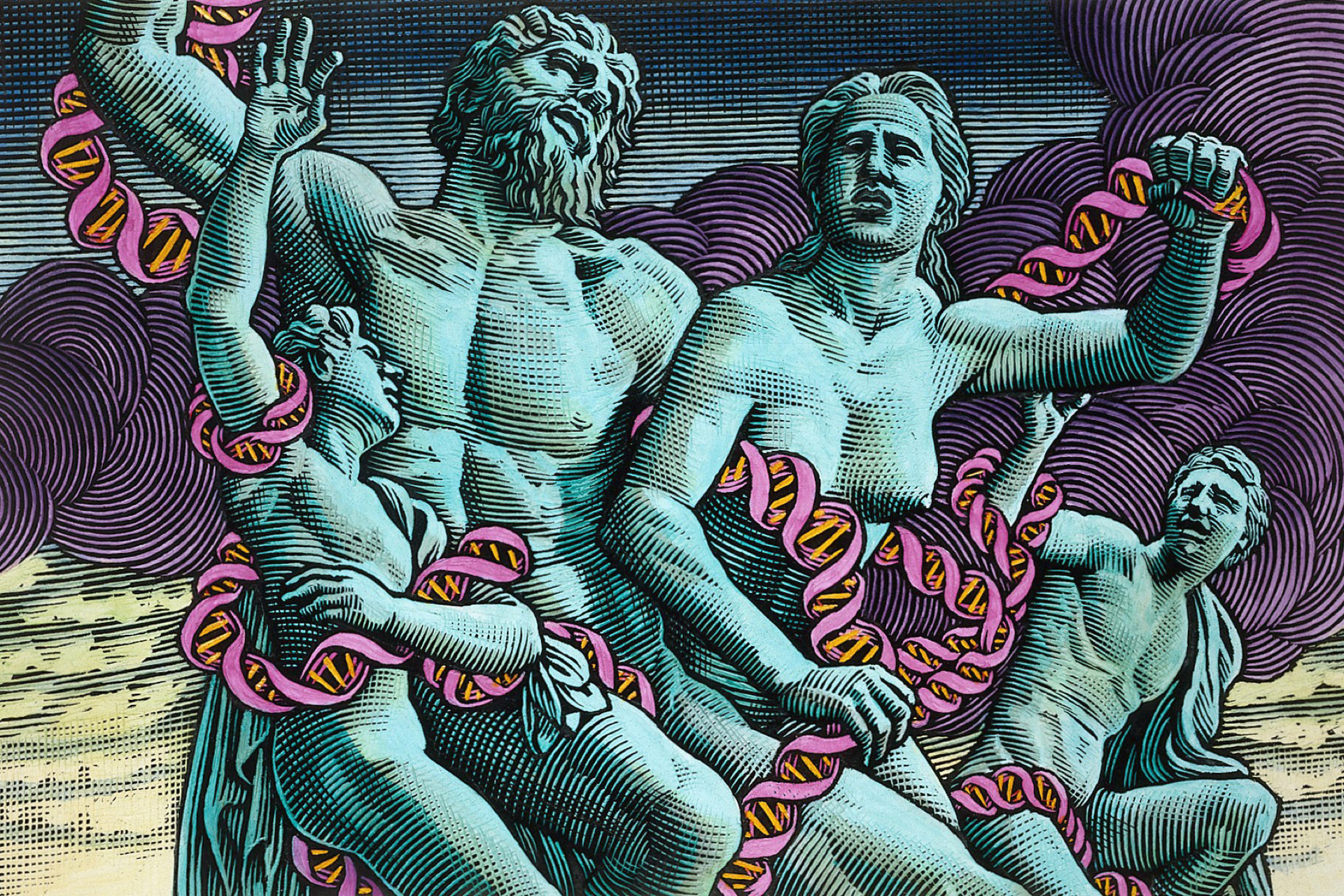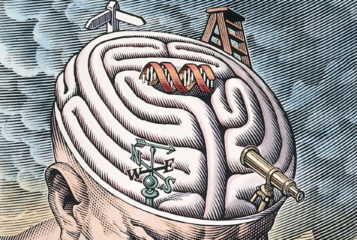The Human Fertilisation and Embryology Authority (HFEA) has detailed potential updates to current laws regarding fertility treatment practices in the UK, including improved patient protection.
The announcement was made in a speech delivered by Julia Chain, chair of the HFEA, at the annual conference of the Progress Educational Trust (PET, the charity that publishes BioNews). She clarified that much of the Human Fertilisation and Embryology Act 1990, which established laws regarding fertility treatments and research (and was given a major update in 2008), remains suitable for purpose. However, she argued, the sector had become increasingly difficult to regulate, given substantial medical advances and changes in social attitudes.
'The fertility sector has really changed significantly since the Act was first brought into being', Chain told the Today programme on BBC Radio 4 prior to the conference. 'It's time we really had a look at what needs to be modernised.'
In her speech, Chain pointed out that the Act does not contain 'any words in it relating to patients, patient safety, or even outcomes of treatment'. As a regulator, she argued that it was the duty of the HFEA 'to keep all those three things at the front of our work'.
Sarah Norcross, director of PET, welcomed the call for modernisation. 'We decided to hold our "Reproducing Regulation" conference, with speakers including the HFEA and other regulators, because the law and regulation that govern fertility treatment and related research are showing their age', she said. 'This is a fantastic opportunity to clarify who regulates fertility, and how.'
In her speech, Chain highlighted several areas of the Act that require particular focus. The first concerned patient protection and maintaining the quality of care provided for them. This would include a broader range of methods for addressing poor performance, such as economic sanctions against non-compliant clinics. This would also include addressing the increasing commercialisation of the fertility sector, where 65 percent of treatments are self-funded and public funding is poorly distributed, resulting in a 'postcode lottery'.
Under this heading, Chain also addressed fertility treatment 'add-ons', and the possibility that these may contribute to patient confusion or vulnerability to financial exploitation by clinics. She explained that as things currently stand, the HFEA has little power over this aspect of fertility treatment – hence the HFEA's recent collaboration with the Competition and Markets Authority (see BioNews 1099), whose director of consumer protection spoke alongside Chain at PET's conference.
Chain touched on several other areas where she considered the Act to be out of step with modern families and medicine, including the definition of a mother as 'the woman who is carrying or has carried a child'. This effectively excludes some same-sex couples, trans parents and single parents.
Chain also singled out the 14-day rule, which requires human embryos used in research to be destroyed within 14 days of their creation, and the fact that information about fertility treatment has a special status of medical secrecy (over and above ordinary considerations of patient confidentiality).
Chain anticipated that quick progress would be made bringing about these changes, saying that 'we are not starting with a blank sheet of paper and much of the Act remains fit for purpose'. She added that her aim is 'to reach an outline agreement with the Department of Health and Social Care next year on what needs to change.'







Leave a Reply
You must be logged in to post a comment.